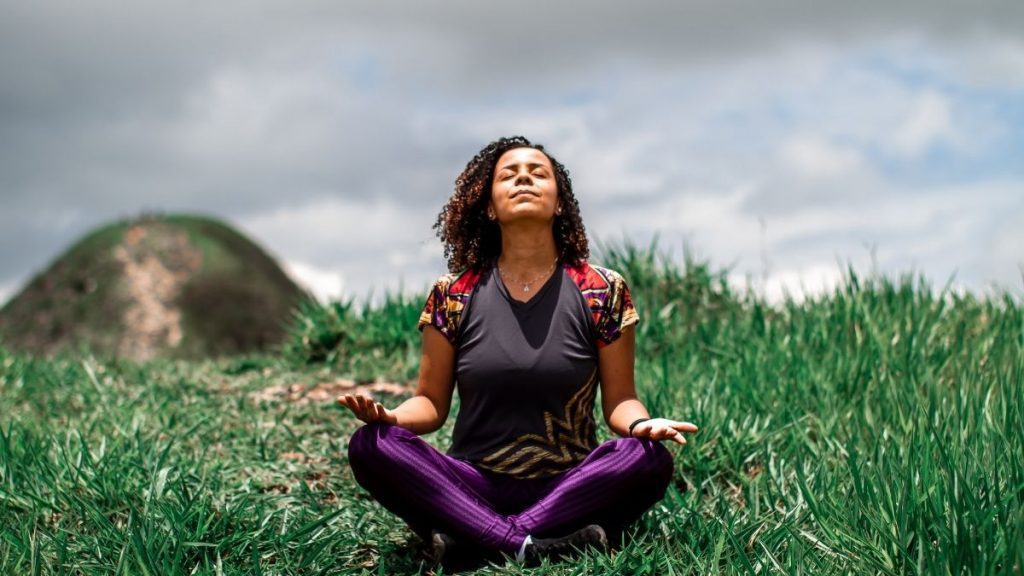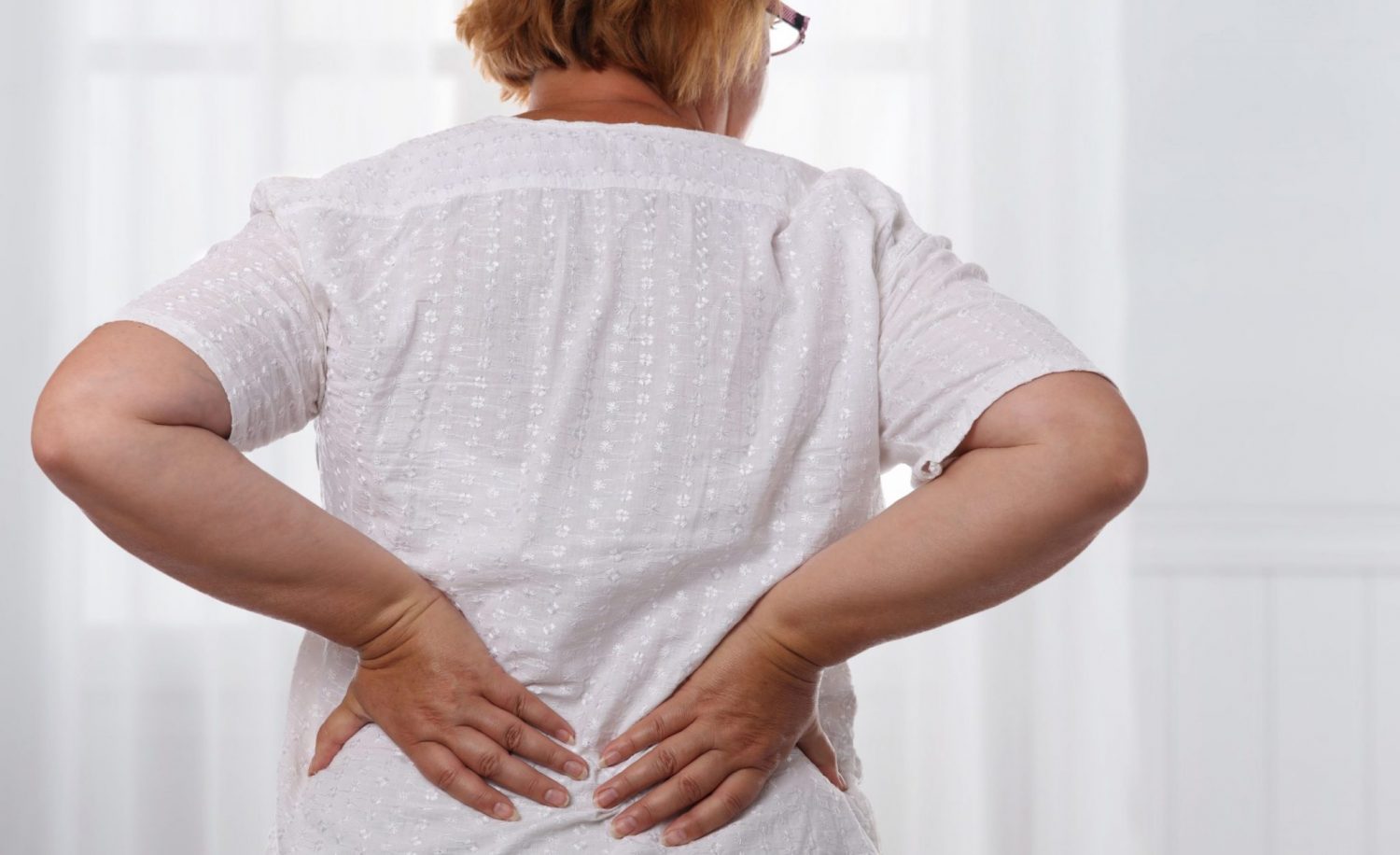
Persistent lower back pain is a major issue that affects many of us. Wrongly, it is often associated with getting older but the reality is it affects people from a range of ages with varying severities.
A study by the European Spine Journal found no convincing proof old age was related to the prevalence of lower back pain, except in cases of arthritis. In other words, it can affect any of us at any point in our lives.
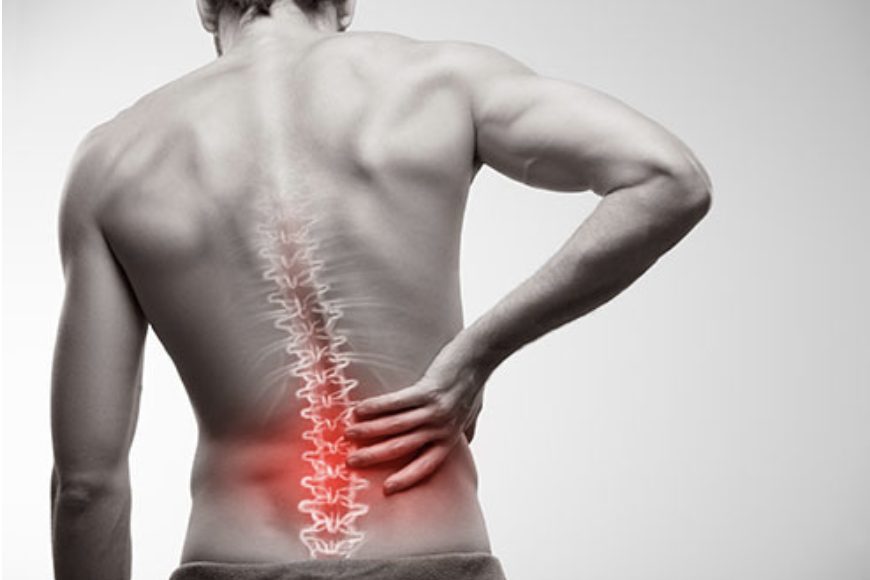
Lower back pain can be short-lived but if it is persistent (lasts more than 3 months), it could require more attention. So, we’d like to share a little insight about the most common types of chronic lower back pain and some exercises you could do to help release some of the tension.
1. Osteoarthritis of the spine
Lower back pain can be short-lived but if it is persistent (lasts more than 3 months), it could require more attention. So, we’d like to share a little insight about the most common types of chronic lower back pain and some exercises you could do to help release some of the tension.
Your spine is not a long solid piece of bone, but a set of segmented bones connected together known as the vertebrae. This gives your torso a wide range of movement which includes flexion, extension, and rotation. The connection between two (or more) bones is the joint, and when that becomes inflamed or otherwise affected, it is medically referred to as arthritis.
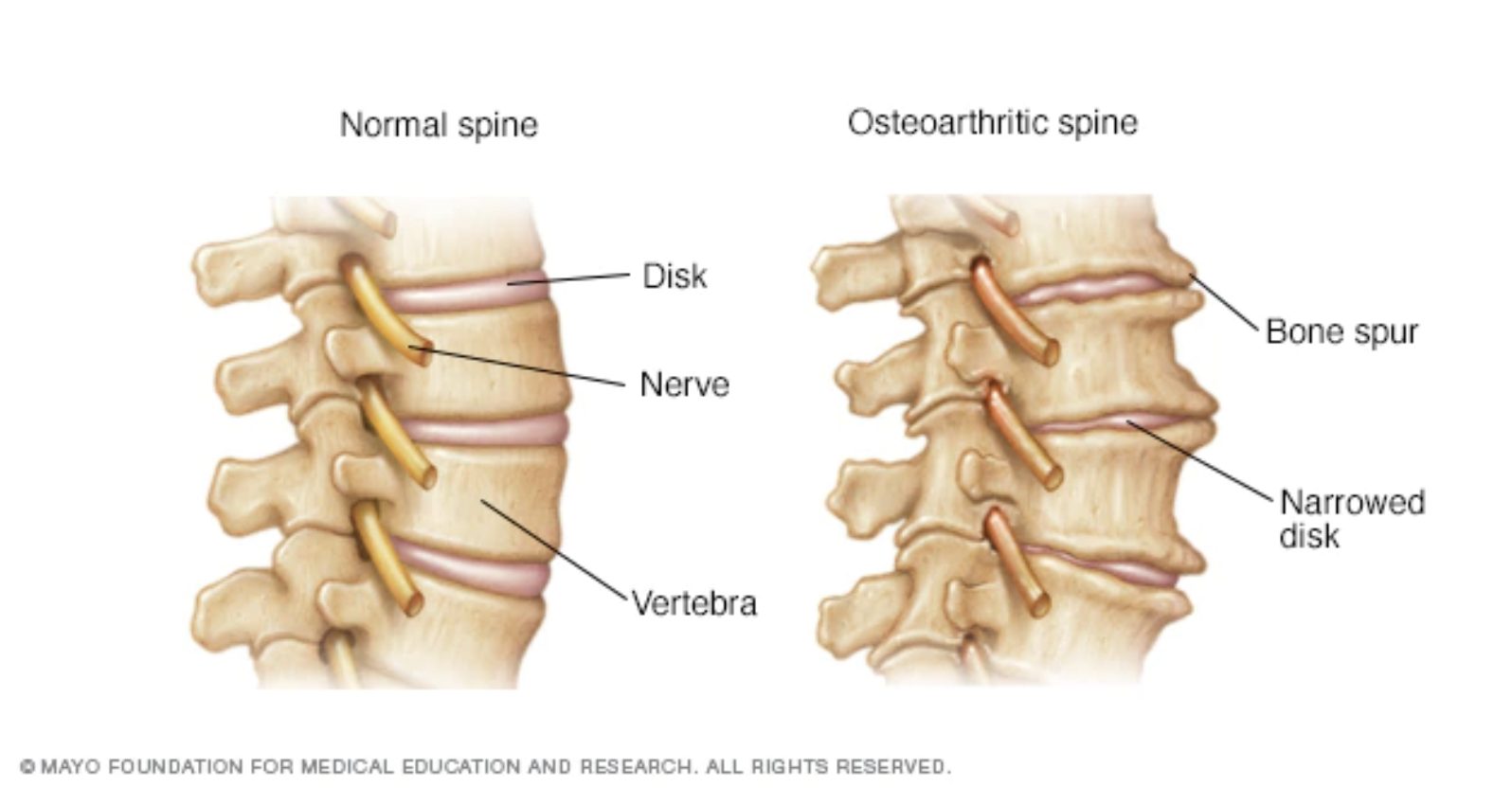
There are several types of arthritis, but the most common is osteoarthritis – in the UK alone, at least 8.5 million people suffer from it, commonly affecting the weight-bearing joints of the knee, hip and spine.
Osteoarthritis can be caused by genetics as well as eroding of the joint due to injury, overuse, or age. Although it can’t really be cured, there are still some pain management techniques you could include in your daily routine to improve and manage symptoms.
With spinal osteoarthritis, it is important to stretch and strengthen the surrounding muscles in order to support and reduce stress on the spine. Among the recommended exercises are:
- Abdominal strengthening
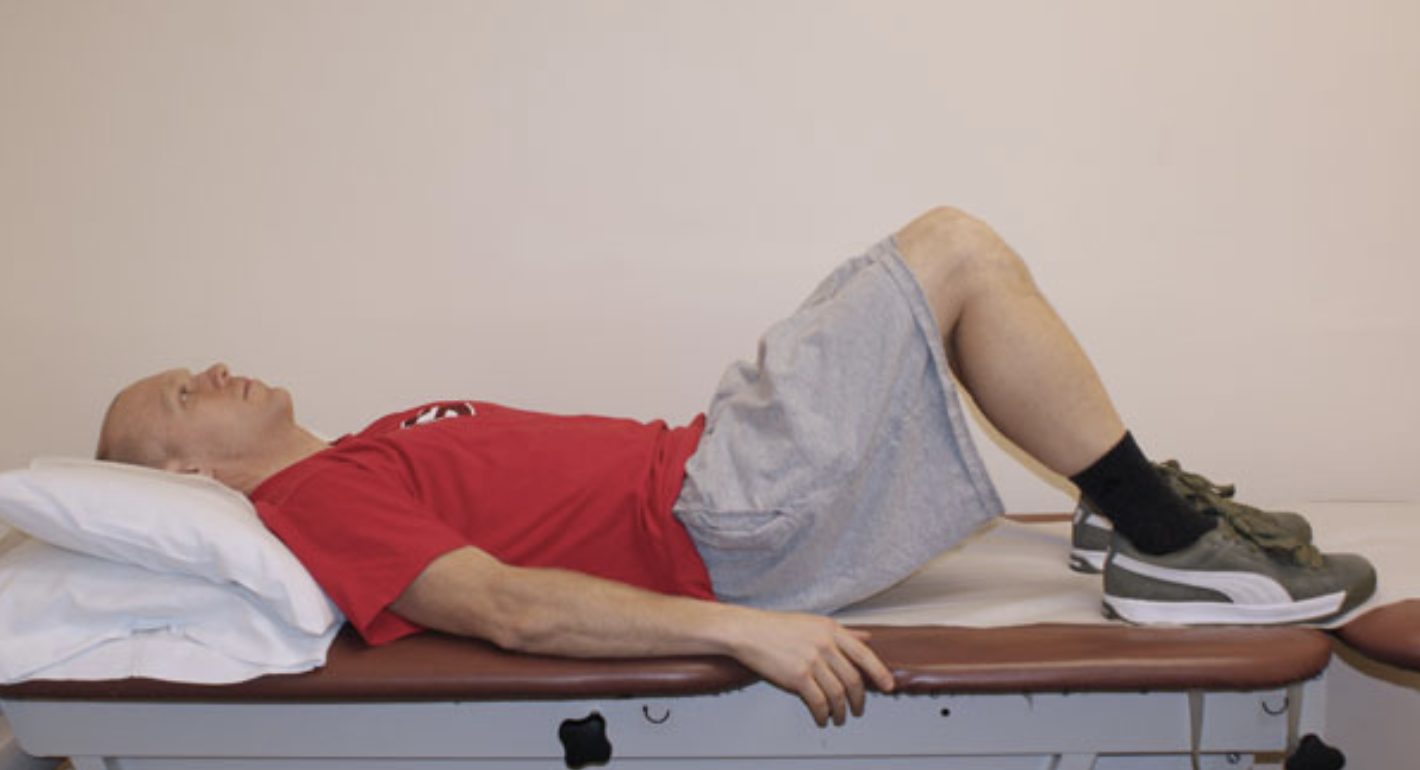
- Lie on your back, keep the spine and pelvis in neutral.
- Bend your knees.
- Tighten your lower abs by pulling in your belly button towards the spine. Do not hold your breath in the process.
- While maintaining the contraction, breathe evenly.
- Hold the position for 10 seconds.
- Perform 3 sets of 10 repetitions daily.
- Knee to chest
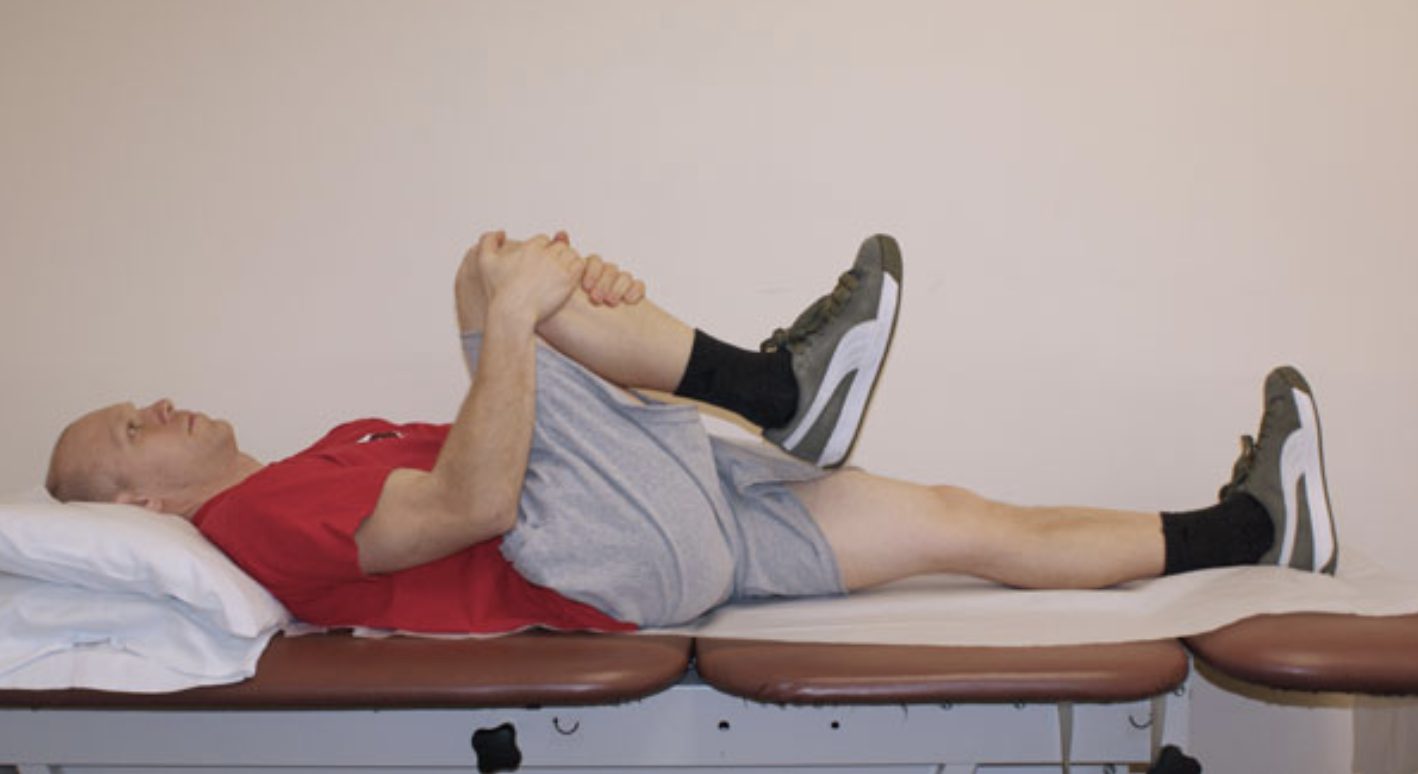
- Lie on your back and bend one of your knees.
- Bring the bent knee to your chest slowly until you feel a gentle stretch in your lower spine and hip.
- Hold for 5 seconds.
- Slowly lower the knee and change sides.
- Perform 10 repetitions on each side daily.
- Hamstring stretch
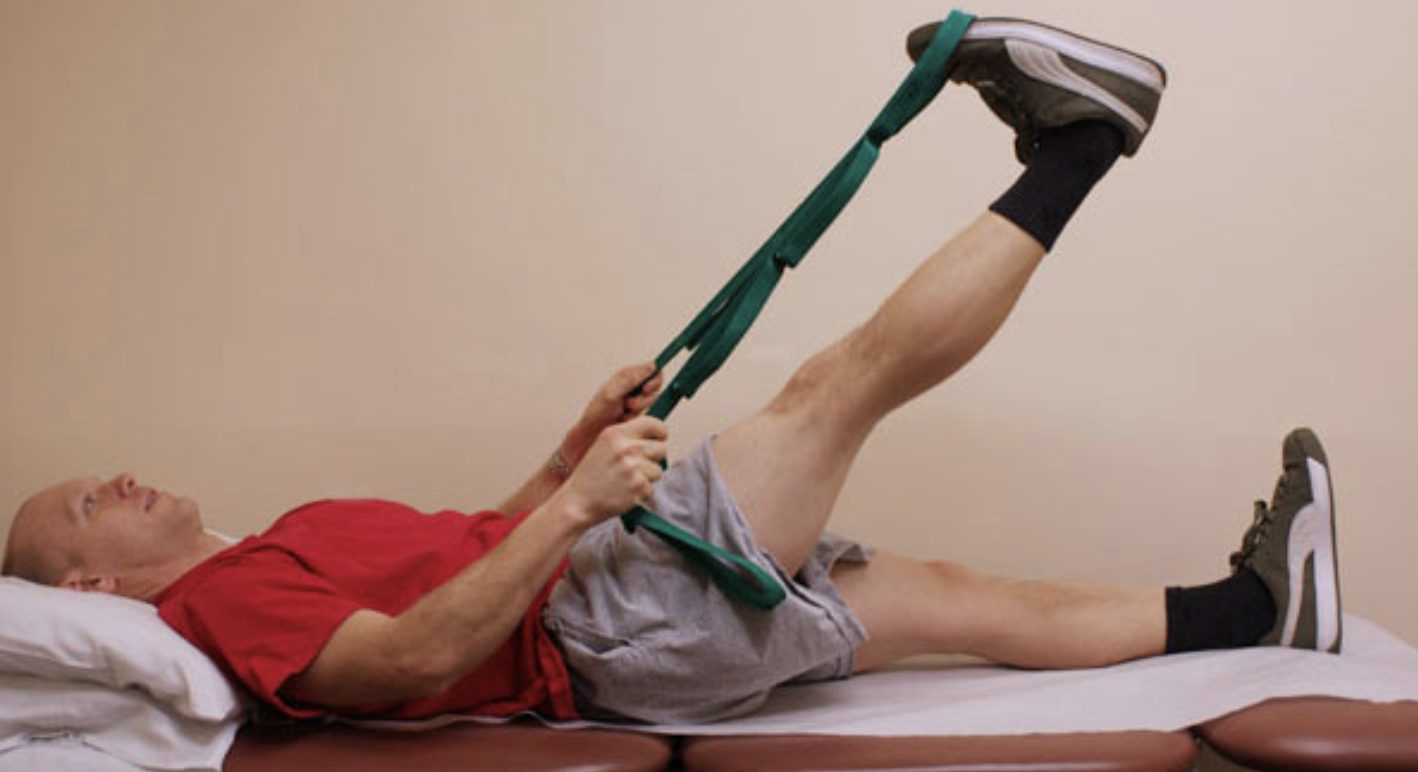
Image source: www.hss.eduI
- Lie on your back
- Place one end of a strap or resistance band on one of your feet. Hold the other end with both hands
- Using the strap or resistance bands for support, elevate your leg until you feel a gentle stretch at the back of your knee and thigh.
- Hold for 30 seconds.
- Slowly lower and change sides
- Perform 3 repetitions on each side daily.
- Clamshell exercise
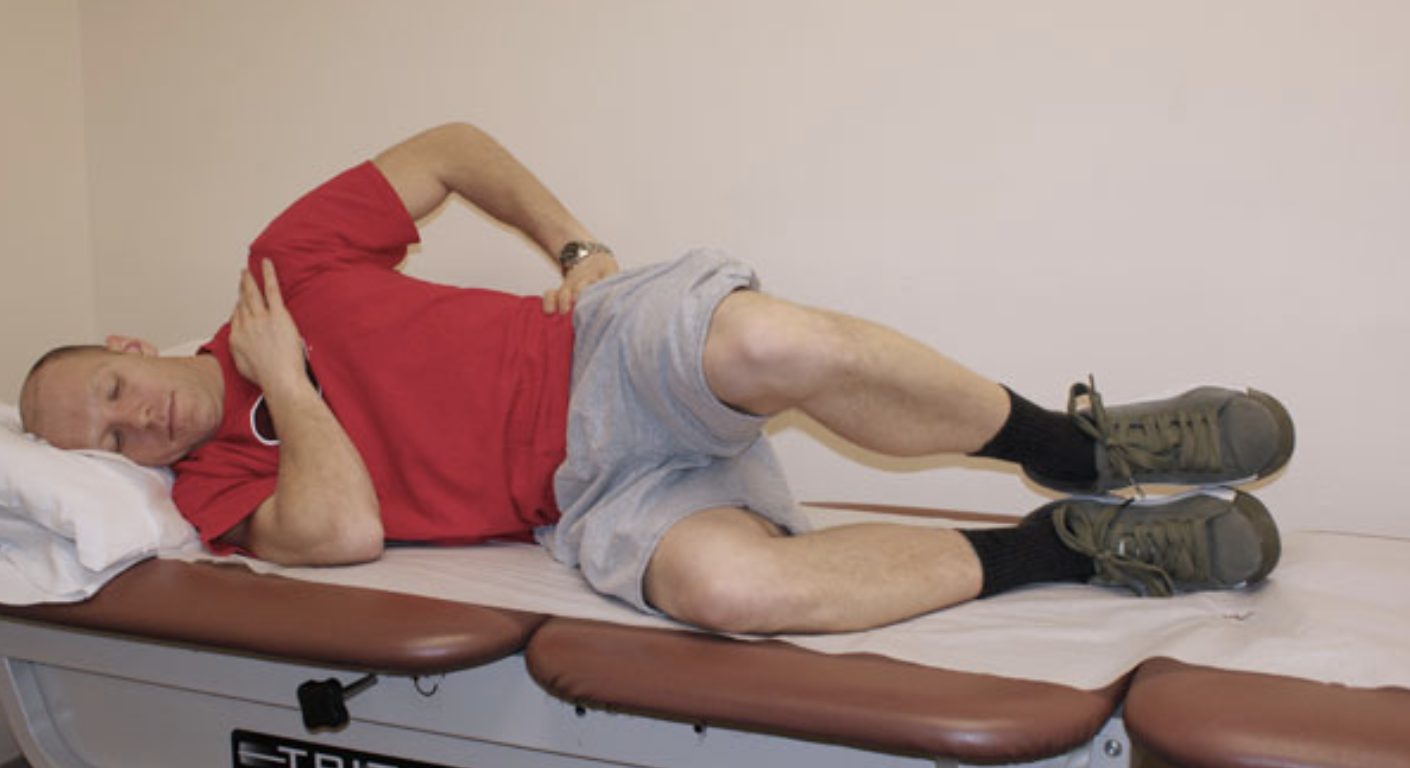
Image source: www.hss.eduI
- Lie on one of your sides with both knees bent.
- Tighten your lower abs by pulling in your belly button towards the spine. Do not hold your breath in the process
- Slowly lift the top knee up as if your legs are opening like a clamshell. Keep the feet together.
- Slowly lower the knee.
- Perform 10 repetitions on each side daily.
- Gluteus strengthening

Image source: www.hss.eduI
- Lie on your stomach. You can place a pillow under your stomach to support your back.
- Squeeze your buttocks and lift one of your legs slightly off the bed.
- Slowly lower the leg and change sides.
- Perform 10 repetitions on each side daily.
2. Spinal stenosis
Stenosis is a medical term for ‘narrowing’ and in this case, it refers to the narrowing of your spinal canal, which contains your spinal cord. When your spinal canal ‘narrows’ it can cause you discomfort or pain particularly in your legs when you are standing or walking for an extended period of time.
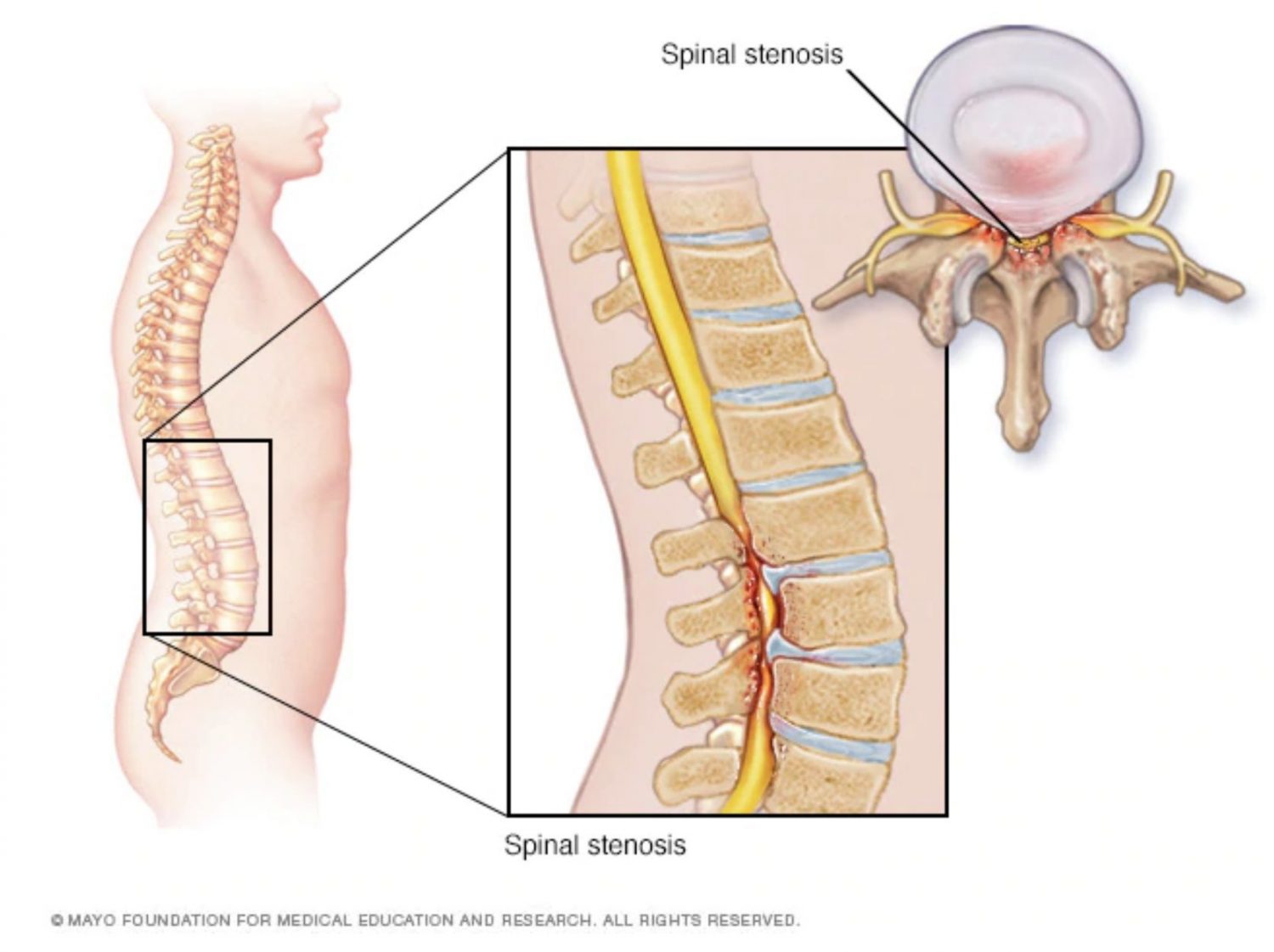
Stenosis can happen in any part of the vertebral column but mostly occurs in the lumbar or lower back area. This can be caused by osteoarthritis, herniated discs (discussed below), thickened ligaments, tumours, or injuries.
One of the most common symptoms is feeling numbness or tingling in your legs. Without managing this, it can turn into painful cramps that spread further up to the back.
With lumbar spinal stenosis, exercises that focus to improve muscle strength, range of motion, and endurance are recommended. These exercises include but are not limited to:
- Bicycle riding
- Swimming
- Tai Chi
3. Herniated disc
Wear, tear, and injury may cause a spinal disc to undergo disc degeneration. When a disc starts to lose the fluid needed to absorb impact, it becomes spongy and might start to herniate.
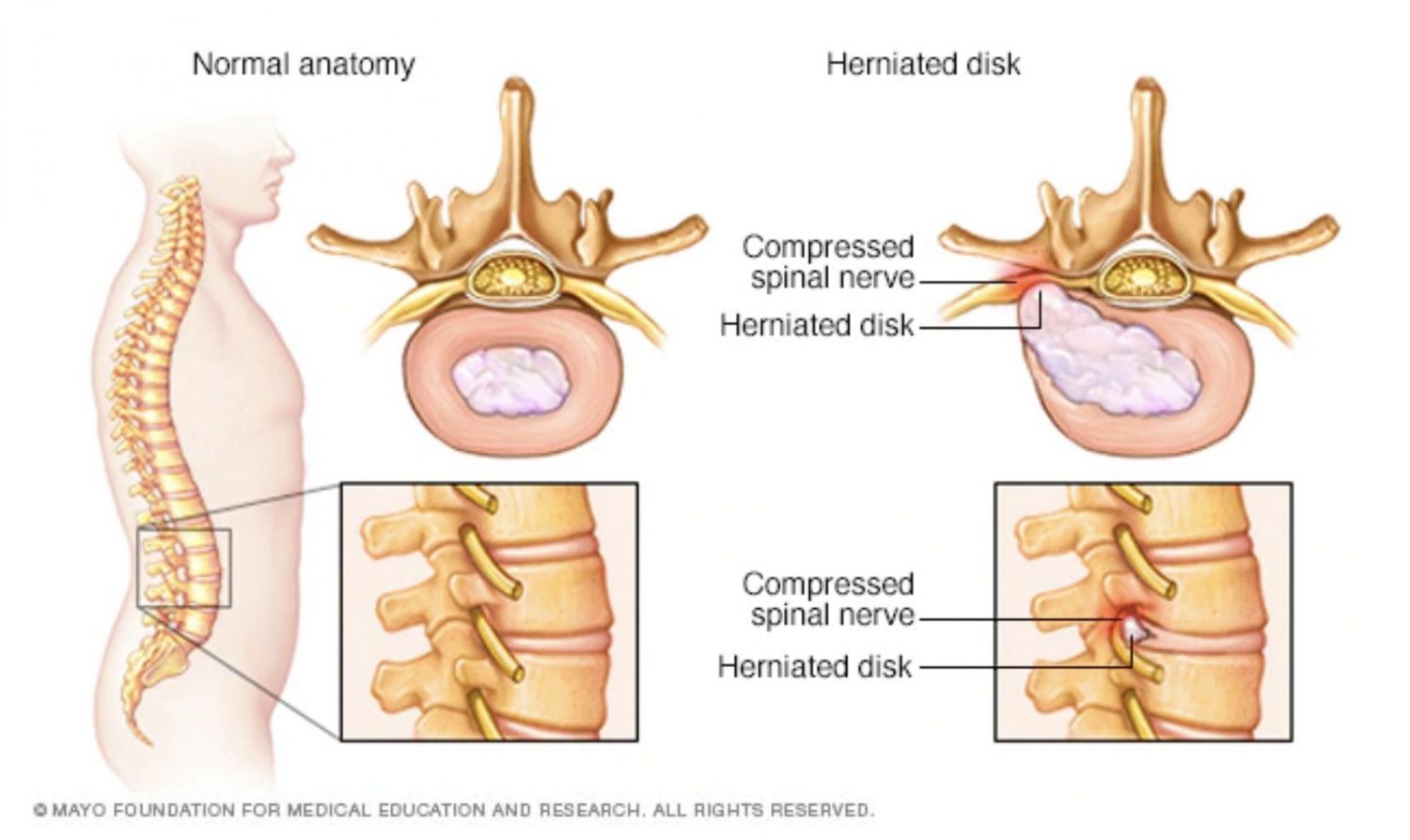
A herniated disc is a condition where the nucleus pulposus, a gelatinous core of the spinal disc, is pushing out against the tough outer ring called the annulus; causing it to bulge. The nucleus can also push through and come in contact with the nearby spinal nerve root causing pain in your buttock and legs.
With a herniated disc, exercises and stretches with focus on gently stretching your spine are recommended. Below, we have provided you our favourite stretches that can help decompress your spine.
- Hanging spinal decompression
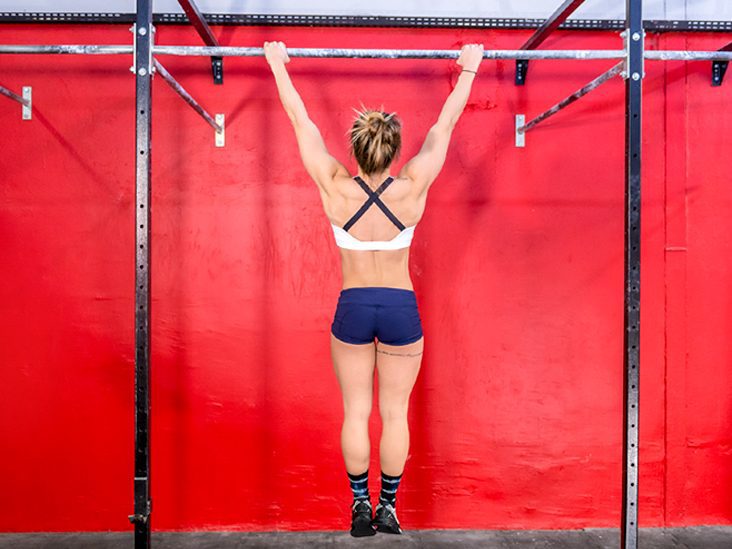
- Find something you can hang from. If you can’t find a bar, a door frame will do the job.
- Hold the bar with both hands with an overhand grip.
- Hang for 30 seconds.
- Perform a set of 3 repetitions daily
- Prone extension
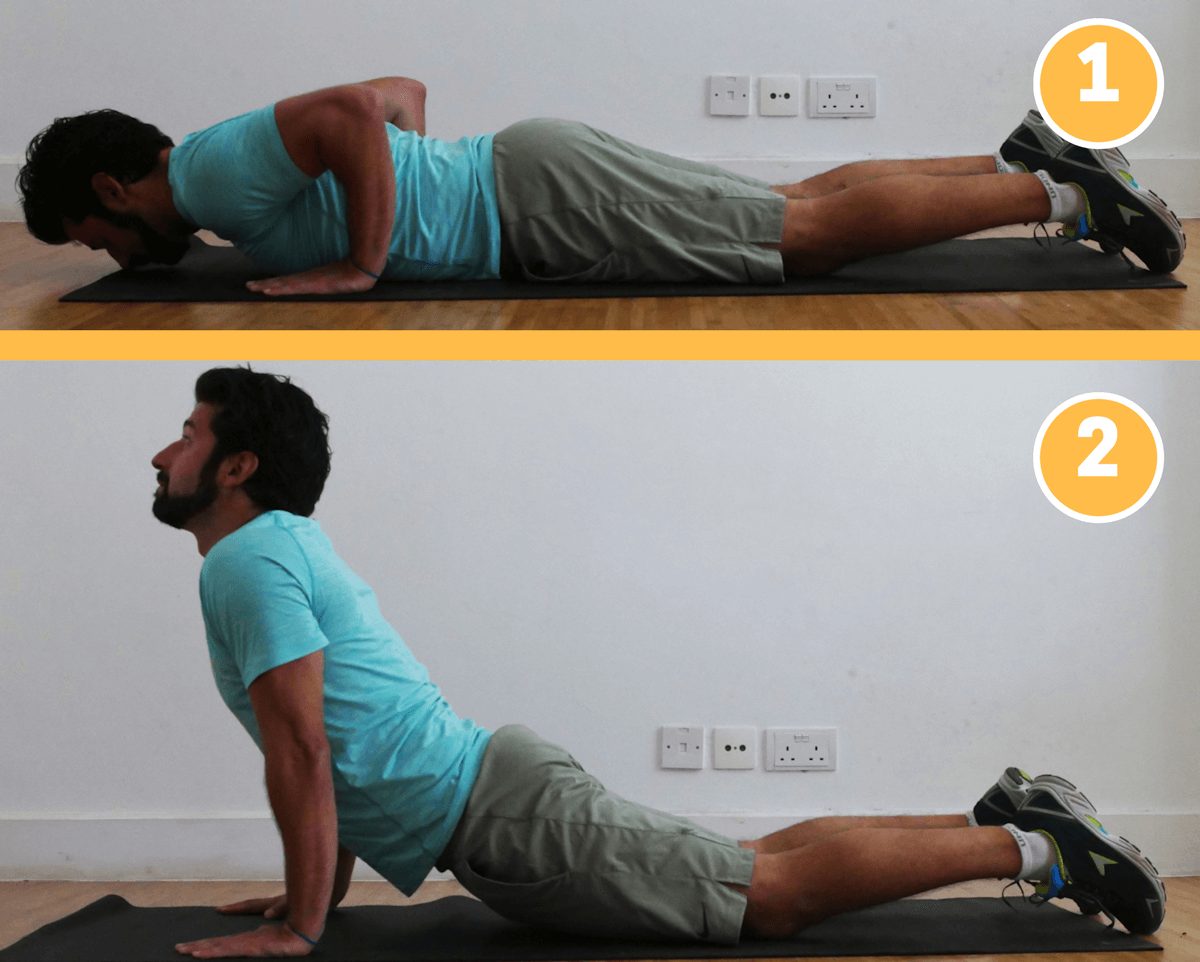
- Lie on your stomach.
- Put your forearm on the floor next to your body. Allow your elbows to bend at a 45-degree angle.
- Prop yourself up on your elbows slowly until your elbows are bent at a 90-degree angle. Do not lift your hips.
- Hold 10-15 seconds.
- Perform the stretch 10 times daily while gradually increasing the duration each time you hold the upward position until you reach 30 seconds
- Cat-cow stretch
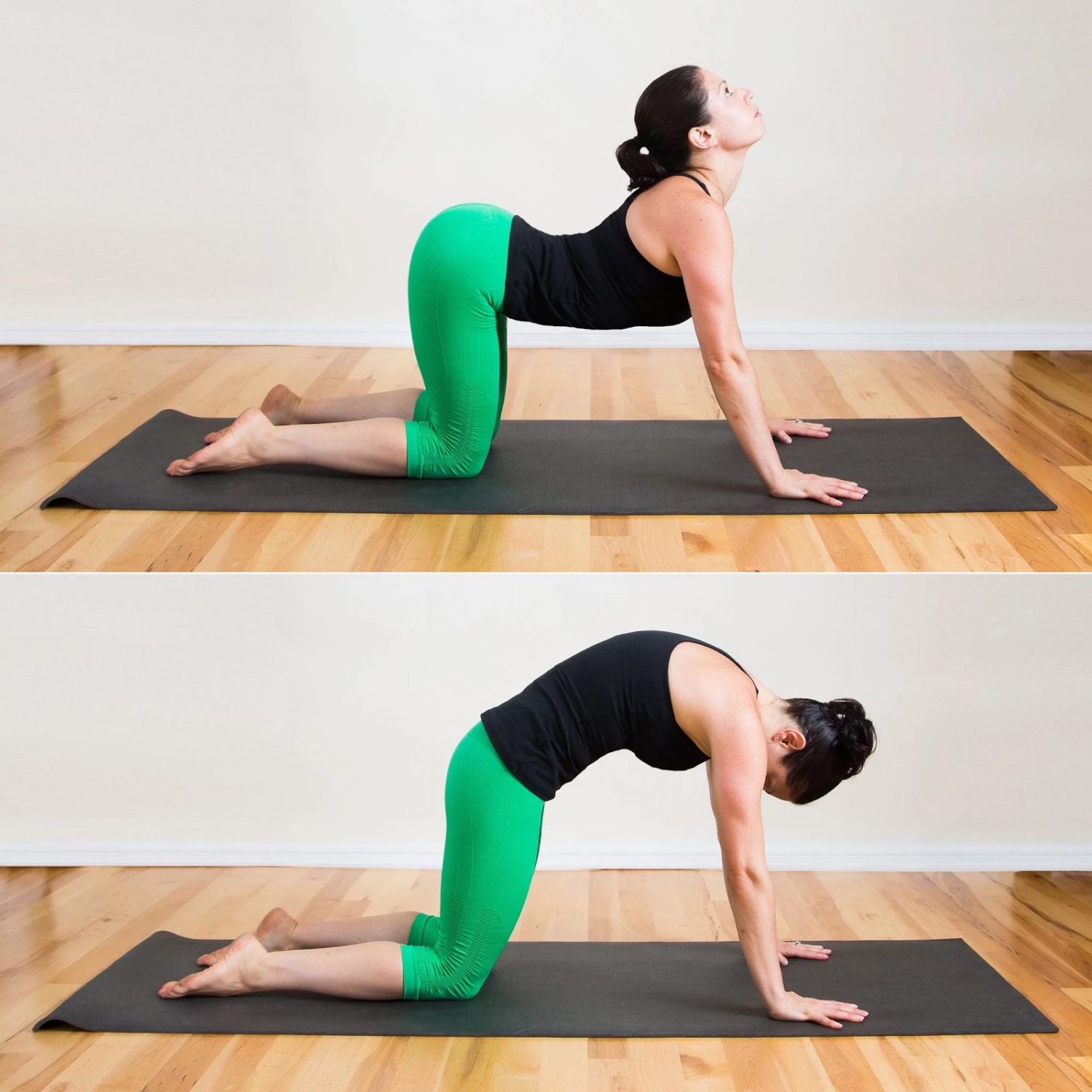
- Begin with the cat position; hands and knees on the floor with your back rounded.
- Enter the cow position. Take a deep breath, let your stomach drop towards the floor, and look up towards the ceiling.
- Exhale slowly and go back to the starting position.
- Perform 2-3 sets of 10 repetitions daily.
OTHER MANAGEMENT TECHNIQUES
For the pain you can also try our To Better Days™ patches.
To Better Days™ is an innovative, non-medicine alternative for those experiencing sustained discomfort. With a patented combination of vitamin D and dextrose, our easy to use adhesive patches offer a targeted option that supports the health of joints, muscles and nerves.
The unique combination of ingredients within each patch offers a natural, topical means of localised relief on the area. The vitamin D is the same type (cholecalciferol) of vitamin D that our body naturally produces from exposure to the sun.
There is good research evidence that vitamin D reduces markers of inflammation, and the delivery of vitamin D and dextrose directly through the skin allows for high levels of vitamin D at the nerve endings. Dextrose, which is chemically identical to glucose, provides sugars to the area that acts as a ‘cell food’ for regeneration, whilst vitamin D, which is proven to help maintain normal bones and muscle function, has been reported to improve mood and to have a beneficial effect on chronic pain.
Simply apply the patch onto clean, dry and unbroken skin at the source of discomfort and experience relief in as little as 30 minutes.
We hope this guide has given you more information on the various types of lower back chronic pain and some of the exercises you could do to help ease the discomfort. If you do find it useful, we would love for you to share it! Alternatively, if you are looking for some further tips on managing discomfort, take a look at our Facebook Group: Together For Better Days.

